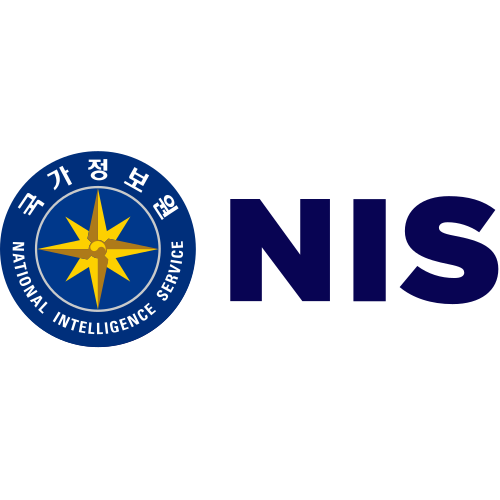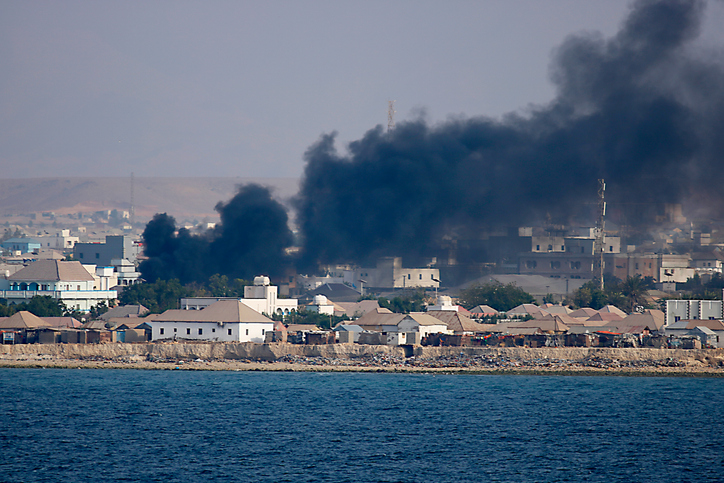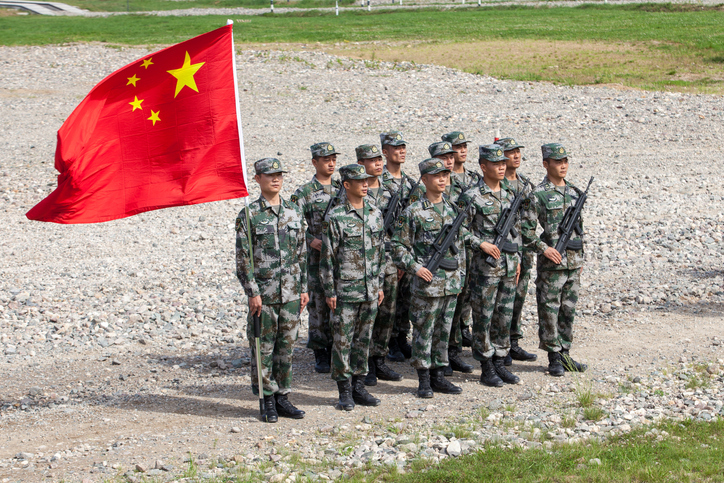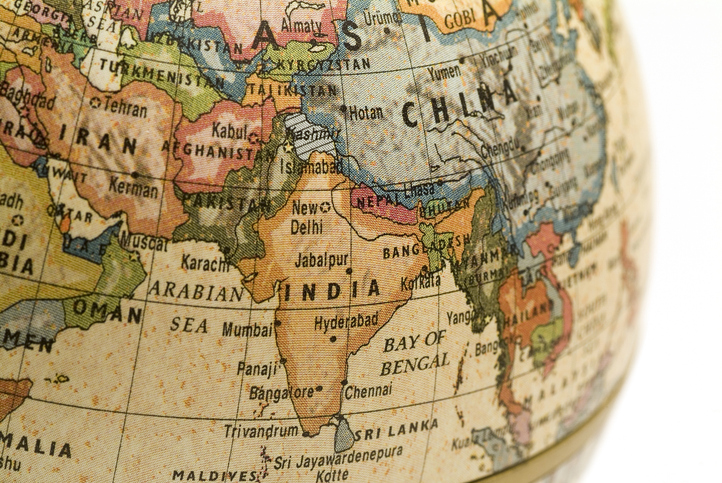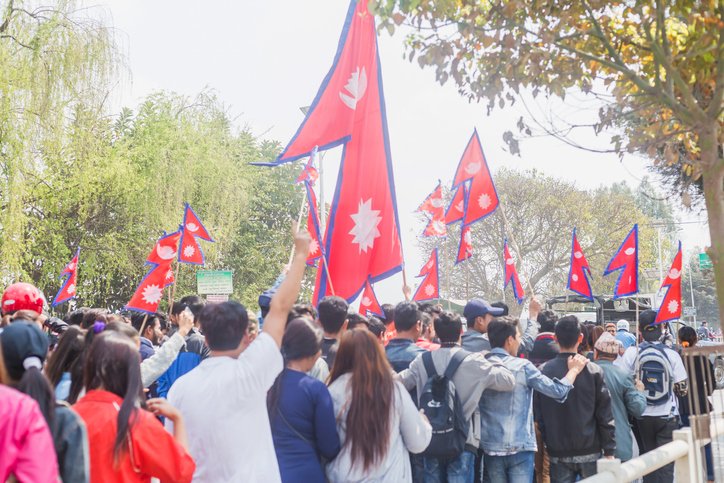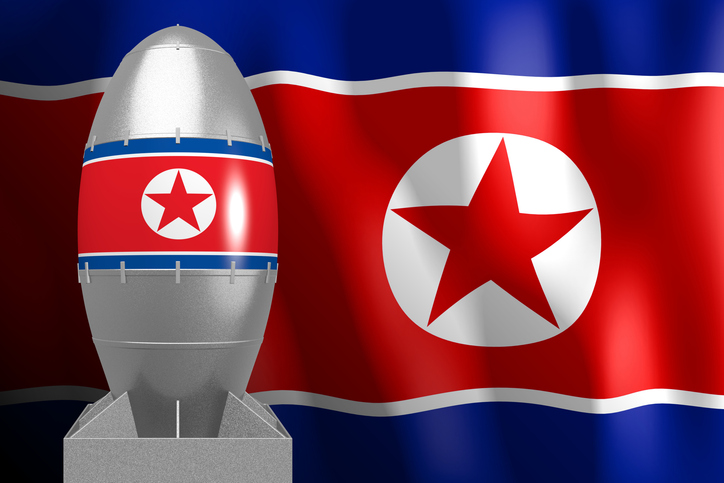
Nikita Bohra
Posted On : Sep 4 2020
Unravelling the Armenia - Azerbaijan Conflict
The ongoing struggle between Armenia and Azerbaijan is a tragic tale of clashing narratives, contested territories, and the struggle for self-determination.
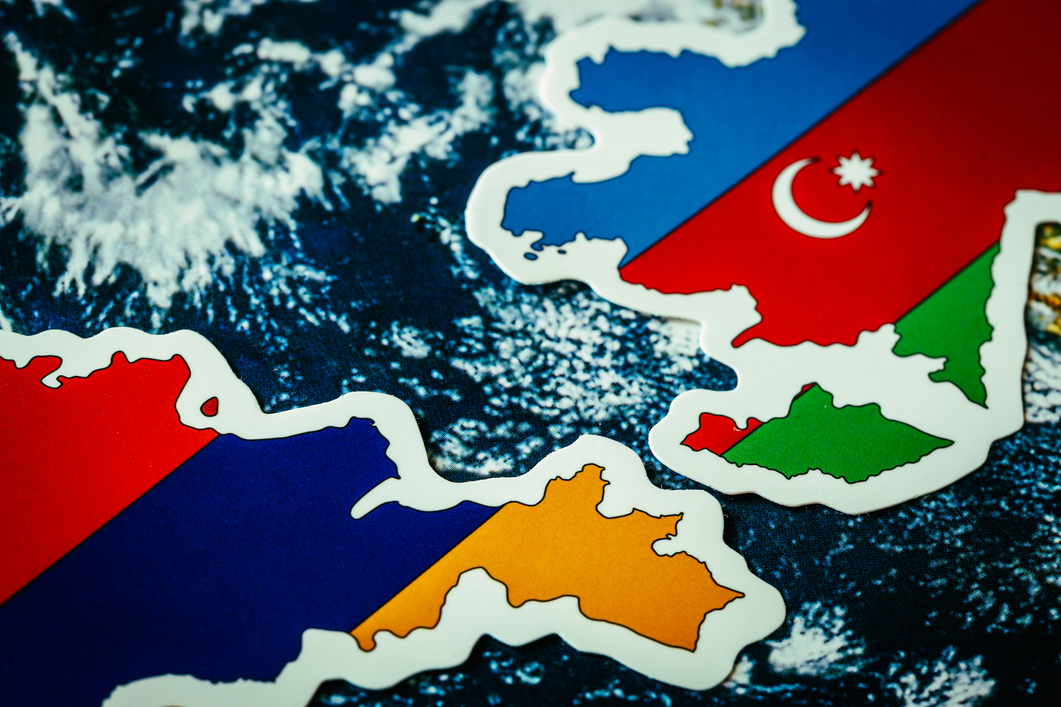
Introduction
The Armenia-Azerbaijan conflict is a longstanding and complex geopolitical struggle that has gripped the South Caucasus region for decades. Rooted in historical grievances, territorial disputes, and ethno-religious tensions, this conflict has had profound implications not only for the two nations directly involved, but also for the wider international community.
Historical Context
To understand the Armenia-Azerbaijan conflict, one must delve into its historical origins. The roots of the conflict can be traced back to the early 20th century, during the decline of the Ottoman Empire and the Russian Empire. As these empires crumbled, the South Caucasus region experienced a power vacuum, setting the stage for the emergence of newly independent states. The core of the conflict lies in the Nagorno-Karabakh region, an ethnically Armenian enclave within Azerbaijan.
Historical claims and deep-seated cultural ties to the land have fuelled the aspirations of both Armenia and Azerbaijan to exert control over this territory. The Nagorno-Karabakh Autonomous Oblast, which was part of the Azerbaijan Soviet Socialist Republic, sought unification with Armenia in the late 1980s, sparking a chain of events that escalated into full-blown conflict.
Ethnic and Religious Dimensions
The Armenia-Azerbaijan conflict also bears an ethnic and religious dimension. Armenians and Azerbaijanis are distinct ethnic groups with their own languages, cultures, and religious affiliations. The majority of Armenians adhere to the Armenian Apostolic Church, while Azerbaijanis are predominantly Muslim, with a majority practicing Shia Islam.
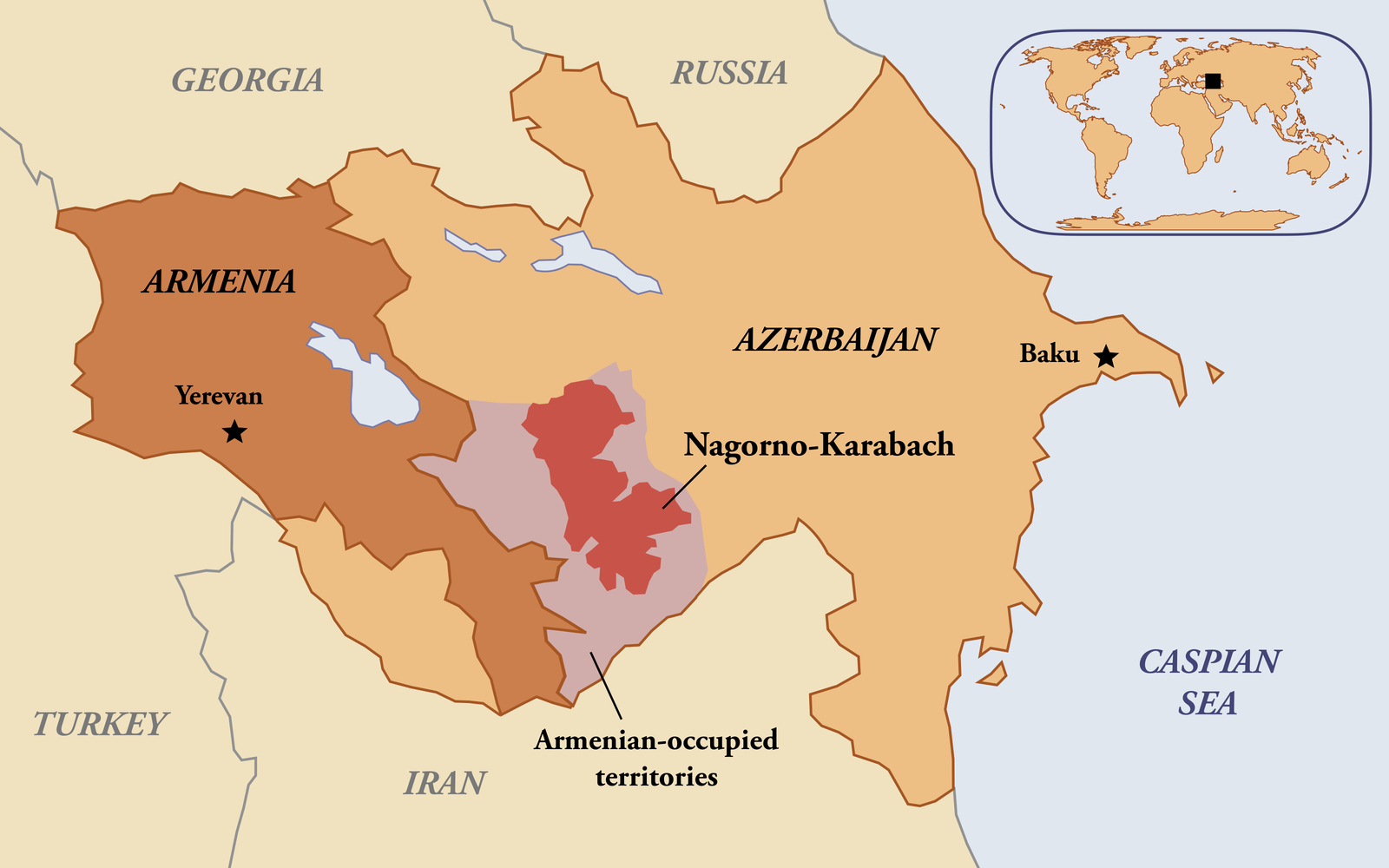
This ethno-religious divide has deepened the tensions between the two nations, contributing to a sense of historical animosity and distrust. The Nagorno-Karabakh region, with its predominantly Armenian population, further intensified these divisions, becoming a flashpoint for violence and territorial disputes.
Territorial Disputes and Escalation
The conflict over Nagorno-Karabakh has seen multiple outbreaks of violence and clashes over the years. The most notable and devastating conflict occurred in the early 1990s, resulting in the displacement of hundreds of thousands of people and a substantial loss of life. A ceasefire brokered in 1994 by the Organization for Security and Co-operation in Europe (OSCE) Minsk Group, which includes Russia, the United States, and France, temporarily halted the hostilities but failed to provide a lasting solution.
In September 2020, the conflict reignited in a brutal and deadly manner, with a 44-day war that saw significant military advancements and casualties on both sides. The conflict concluded with a Russian-brokered ceasefire, solidifying Armenia's loss of control over several territories surrounding Nagorno-Karabakh, further redrawing the region's political and territorial landscape.
Geopolitical Implications
The Armenia-Azerbaijan conflict has far-reaching geopolitical implications that extend beyond the immediate region. As the conflict escalated, various international actors became involved due to their strategic interests and historical alliances. Russia, for instance, has historically maintained close ties with Armenia, including military cooperation and a mutual defense pact.
On the other hand, Turkey has supported Azerbaijan and has sought to strengthen its influence in the South Caucasus. The involvement of external powers raises concerns about the potential for the conflict to escalate into a larger regional or even international confrontation. The South Caucasus region serves as a critical crossroads for energy pipelines, trade routes, and geopolitical interests, making its stability of paramount importance to global powers.
Quest for Peace and Diplomatic Efforts
Efforts to find a lasting solution to the Armenia-Azerbaijan conflict have primarily been spearheaded by the OSCE Minsk Group. However, finding common ground has proven elusive, as both Armenia and Azerbaijan hold steadfast to their historical claims and territorial aspirations.
The conflict has created a deep-seated sense of nationalism and identity for both nations, making compromises difficult to achieve. A sustainable peace can only be achieved through diplomatic negotiations that address the core concerns of both parties, while also considering the rights and aspirations of the people living in the affected territories. Confidence-building measures, economic incentives, and a commitment to upholding human rights should be integral components of any comprehensive peace agreement.
Humanitarian Consequences and Displaced Populations
The Armenia-Azerbaijan conflict has left a trail of humanitarian suffering in its wake. The violence has resulted in the displacement of hundreds of thousands of people, both internally within the countries and across borders. The plight of refugees and internally displaced persons (IDPs) is a pressing issue that demands international attention and assistance.
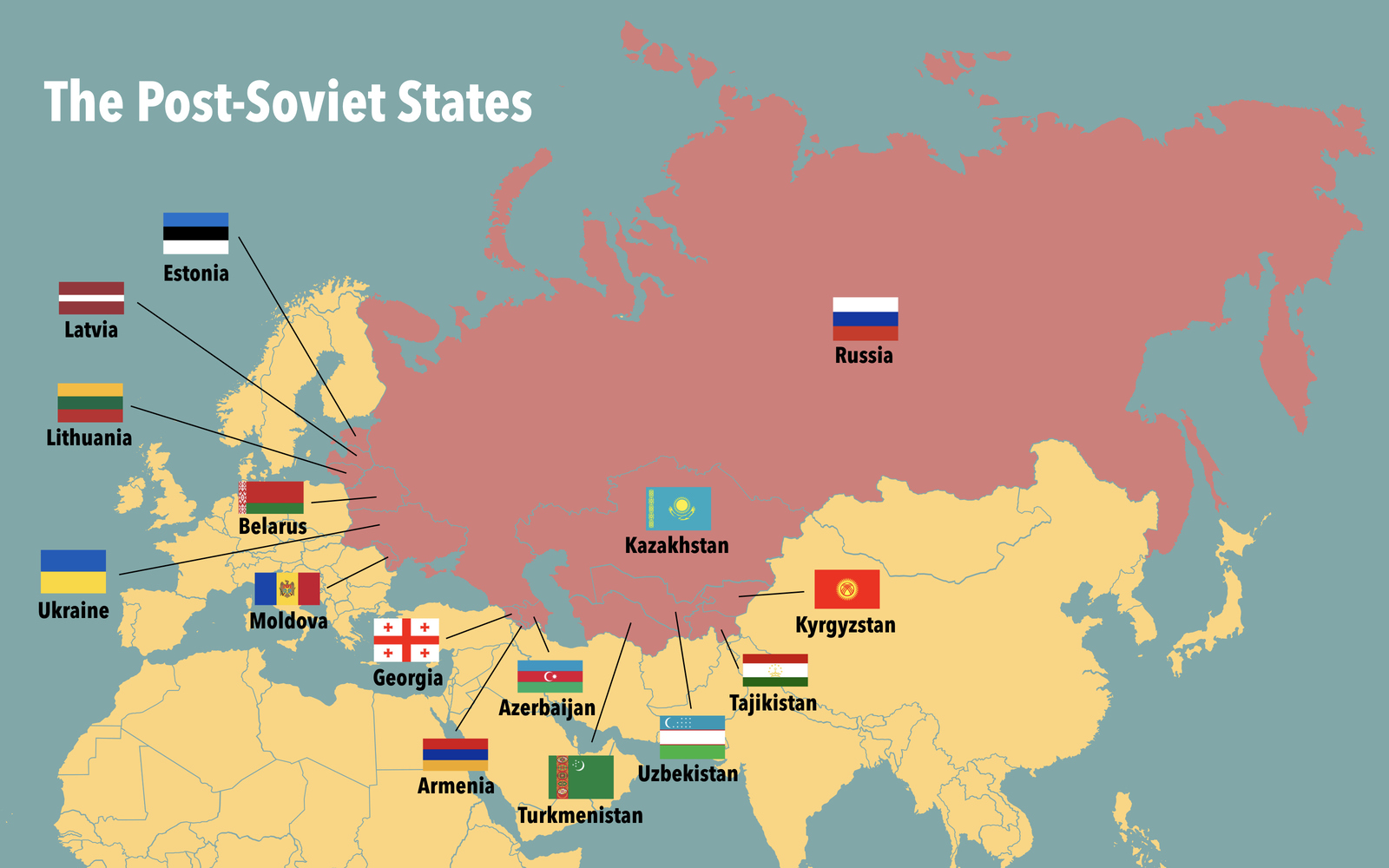
Efforts must be made to provide humanitarian aid, ensure the safe return of displaced populations, and address the social and economic challenges facing those affected by the conflict. The international community, including organizations like the United Nations, must play a proactive role in supporting the recovery and rebuilding process in the affected areas.
Conclusion
The Armenia-Azerbaijan conflict is a complex and deeply entrenched struggle with historical, ethnic, and religious dimensions. The contest over Nagorno-Karabakh reflects not only a territorial dispute, but also a battle for identity and self-determination. The conflict's geopolitical implications resonate far beyond the borders of Armenia and Azerbaijan, impacting regional stability and global interests.
To pave the way for lasting peace, diplomatic efforts must be redoubled, focusing on mutual understanding, compromise, and respect for the rights of all parties involved. The international community's engagement is crucial in ensuring that the tragic tale of the Armenia-Azerbaijan conflict transforms into a story of reconciliation, cooperation, and a shared commitment to a peaceful future for the South Caucasus region.
No Comments Added






